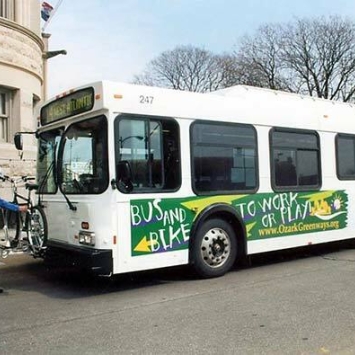Traffic Incident Management
What is Traffic Incident Management?
Traffic Incident Management (TIM) consists of a planned and coordinated multi-disciplinary process to detect, respond to, and clear traffic incidents so that traffic flow may be restored as safely and quickly as possible. Nationally, the goals of TIM programs are to improve responder safety, provide safe, quick clearances, and improve prompt, reliable, inter-operable communications. In order to be effective, TIM teams must have involvement from a wide range of stakeholders, including Law Enforcement, EMS, Fire, and Towing and Recovery industry partners. Meaningful TIM reduces the duration and impacts of traffic incidents and improves the safety of motorists, crash victims, and emergency responders. A “good” TIM program is one in which responders go home every time, roadways are blocked for the minimum amount of time, and secondary crashes are reduced or eliminated.
The OTO's TIM Subcommittee functions to advance the implementation of TIM principles through regional first response agencies, and to collaboratively review major incidents that occur on OTO's roads.
This page contains important documents that have been adopted by the TIM Subcommittee and a listing of upcoming events related to TIM in the Ozarks.
Traffic Incident Management Events
Learn MoreThe TIM Subcommittee meets on the 1st Monday of February, May, August, and November. Meetings are held at the OTO's offices, at 2207 W. Chesterfield Blvd., Suite 101, Springfield, MO 65807, and run from 1-2:00pm.
TIM training classes are available periodically throughout Southwest Missouri. These classes follow curriculum created for the Federal Highway Administration (FHWA). For information about upcoming classes visit MoDOT's TIM training webpage. For general information on the National Traffic Incident Management Responder Training Program visit FHWA's TIM Responder Training page.
A web-based National TIM Training Certificate is available through the Responder Safety Learning Network.
Traffic Incident Management Plans and Guidelines
TIM Resources
Information on TIM Best Practices is available through a number of FHWA and TRB publications.
-
Traffic Incident Management Responder Training Program: https://www.modot.org/TIMTrain...
-
National TIM Training Certificate: https://learning.respondersafety.com/Clusters/National-TIM-Training-Certificate.aspx
-
Gap Analysis Primer: https://ops.fhwa.dot.gov/publications/fhwahop15007/fhwahop15007.pdf
TIM Cost Management and Cost Recovery: https://ops.fhwa.dot.gov/publications/fhwahop12044/fhwahop12044.pdf
TIM Handbook (a bit dated but good): https://ops.fhwa.dot.gov/eto_tim_pse/publications/timhandbook/tim_handbook.pdf
TIM in Hazardous Materials Spills in Incident Clearance: https://ops.fhwa.dot.gov/publications/fhwahop08058/fhwahop08058.pdf
2018 TIM Capability Maturity Self-Assessment: https://ops.fhwa.dot.gov/publications/fhwahop19007/index.htm
-
2003 TIM Tow Operators Work Plan: https://trid.trb.org/view.aspx?id=740841
OTO TIM Subcommittee Membership
-
Lt. Jeff Johnson, Missouri State Highway Patrol
Lt. Curt Ringgold, Springfield Police Department
-
Division Chief Shane Anderson, Battlefield Fire Protection District
Fire Chief Nelson Prewitt, Ebenezer Fire Protection District
-
Derek Cardwell, Henry's Towing
David Oheim, Henry's Towing
-
Ben Arnall, Missouri Department of Transportation
Marc Lewis, Missouri Department of Transportation
Brian Doubrava, Public Works, City of Springfield
Joe Hamp, Public Works, City of Springfield
-
J.R. Webb, 911 Emergency Communications, City of Springfield
-
Bridget Lovelle, KY3-KSPR
-
Owen Aldrige, Cox Health
Bob Patterson, Mercy Hospitals




